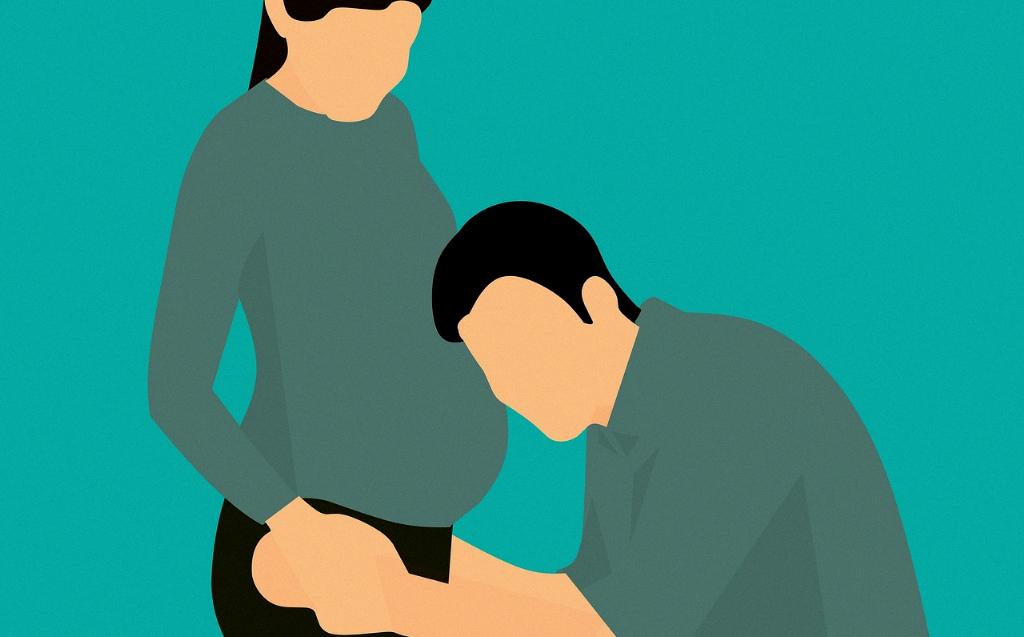When it comes to uterine abnormalities after a c-section, one of the key issues that can arise is the formation of an isthmocele. An isthmocele is essentially a pouch or niche of tissue that develops on the wall of the uterus. This occurrence is often a consequence of incomplete healing of the incision made during the c-section procedure.
The presence of an isthmocele can result in a range of concerning symptoms for individuals who have undergone a c-section. These symptoms may include abnormal vaginal bleeding, pelvic pain, and disruptions in normal menstruation patterns. These issues can significantly impact a person’s quality of life and overall well-being.
Furthermore, the development of an isthmocele can pose additional challenges for individuals who may be planning to conceive in the future. The presence of this uterine abnormality has the potential to cause infertility or complicate matters during subsequent pregnancies.
It is essential for individuals who have undergone c-sections to be aware of the possibility of uterine abnormalities like isthmoceles. Being informed about these potential complications can help patients recognize symptoms early on and seek appropriate medical management.
Medical professionals play a crucial role in diagnosing and treating uterine abnormalities post c-section. Through thorough evaluation and diagnostic procedures, healthcare providers can identify the presence of conditions such as isthmoceles and devise tailored treatment plans for affected individuals.
In some cases, conservative management approaches may be utilized to address uterine abnormalities after a c-section. These strategies may include medications, lifestyle modifications, or other non-invasive interventions aimed at alleviating symptoms and promoting healing.
However, more complex cases of uterine abnormalities post c-section may necessitate surgical intervention. Procedures such as hysteroscopy or laparoscopic surgery may be recommended to address the isthmocele or other uterine issues effectively.
Recovery and healing following surgical treatment for uterine abnormalities can vary from individual to individual. It is important for patients to follow post-operative instructions provided by their healthcare team diligently and attend scheduled follow-up appointments to monitor progress.
Educating oneself about potential uterine abnormalities following a c-section is key to promoting proactive healthcare and well-being. By staying informed and maintaining open communication with healthcare providers, individuals can address any concerns promptly and access appropriate support.
Support networks, including family, friends, and healthcare professionals, can play a vital role in assisting individuals navigating uterine abnormalities post-c-section. Seeking emotional support and practical guidance can help patients cope with the challenges posed by these conditions.
In conclusion, understanding the implications of uterine abnormalities after a c-section is essential for individuals who have undergone this surgical procedure. By being proactive in monitoring symptoms, seeking prompt medical attention, and exploring appropriate treatment options, individuals can effectively manage uterine issues and promote their overall health and well-being.

